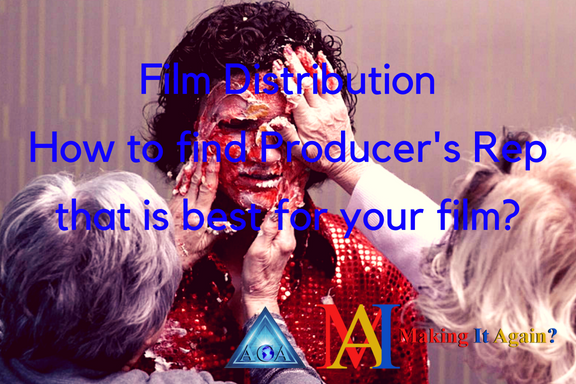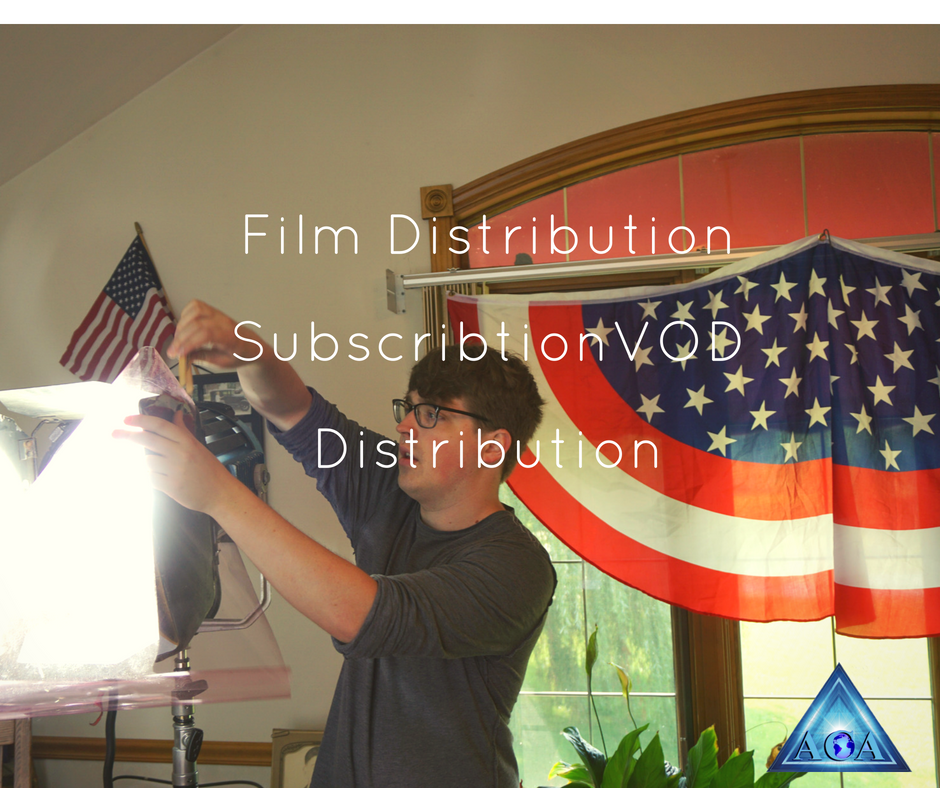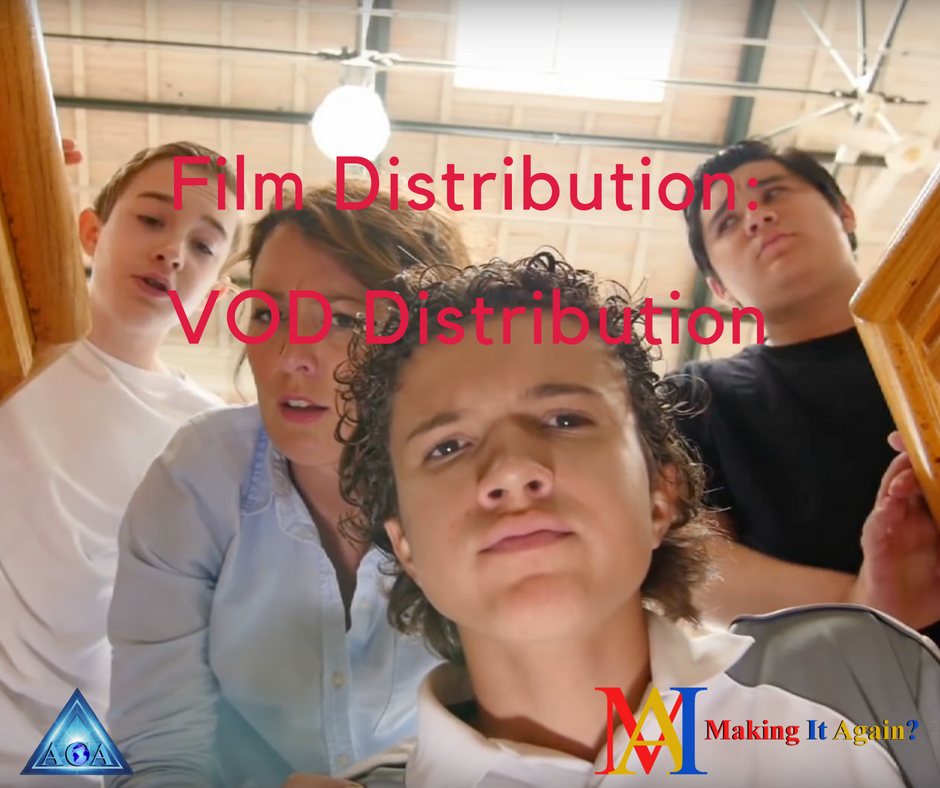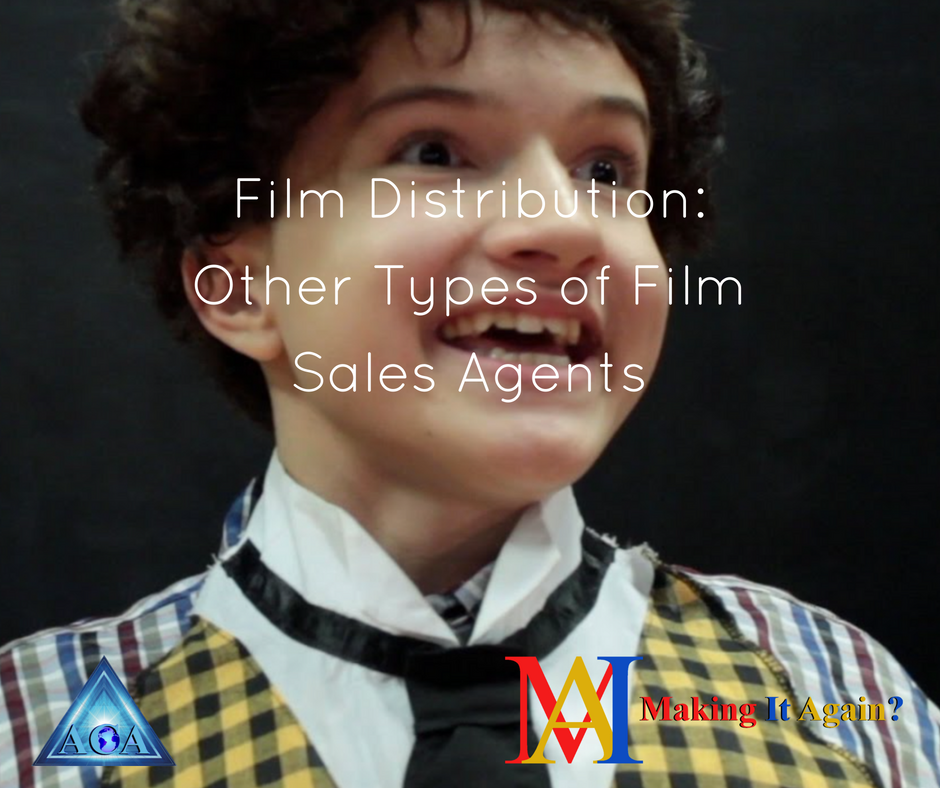Film Distribution. VOD Distribution
While it is possible that your film will be the next breakout hit, it is more likely that your work will end up in Amazon, iTunes, Hulu and other VOD platforms.
When it comes to VOD distribution, there are two ways to go:
- Traditional Model: Give up a portion of your movie ownership to a traditional distributor or VOD aggregator and allow them to control your VOD distribution.
- Modern Model: Pay for VOD distribution as a service. Reap the rewards of cutting out the traditional middle-man and retain ownership.
It is important to know that your VOD distribution strategy will fall into three models, including Transactional VOD, Subscription VOD, and Ad-Supported VOD. Today we will talk about Transactional VOD Distribution.
Transactional VOD Distribution (TVOD)
Transactional VOD people can only watch your movie after they make a purchase. In addition to Cable VOD, platforms such as Amazon and iTunes make transactions easy. By keeping customer credit cards on file, prospective viewers are only a few clicks away from watching your movie. Amazon: How to Get Your Film Into Amazon Instant Video
In the past, filmmakers could utilize Amazon’s CreateSpace to access Amazon. And while CS is still an okay option if you want to sell a DVD, the service does not encode for high definition content. This limitation, coupled with an inability to access Amazon Prime makes CS a less than a satisfactory option. For this reason, I do not recommend CreateSpace for VOD distribution.
If you want to make your HD content available through Amazon VOD distribution, you will have to go through an Amazon-approved aggregator.
iTunes: How to Distribute You Movie on iTunes
iTunes is one of the most popular destinations for both filmmakers and movie-loving audiences. Similar to Amazon, getting your title into iTunes will require that you utilize a distributor or aggregator.
Keep in mind that iTunes only wants content that will look great on Apple devices. As a consequence, iTunes has some of the highest standards for encoding. So don’t be surprised if your movie doesn’t pass QC on the first attempt. This is common and the encoding house should be able to fix most issues in-house.
by Jason Brubaker






